FREE Shipping on Orders over $89 with Account – Create One Today!
- (844)-859-9400
- Get Help
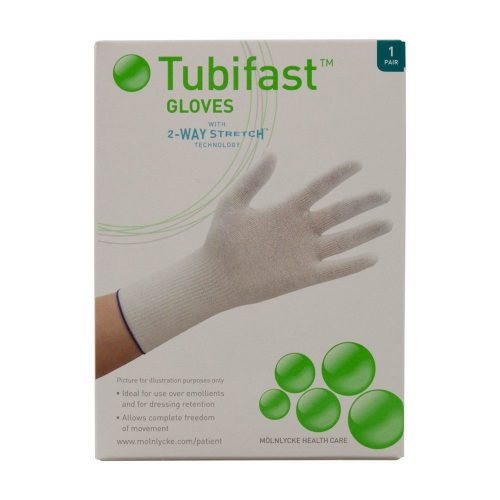
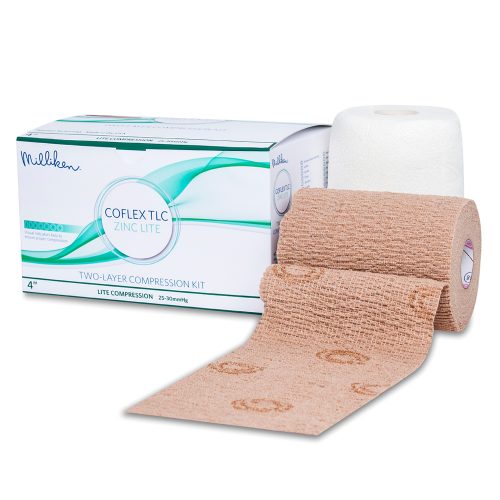
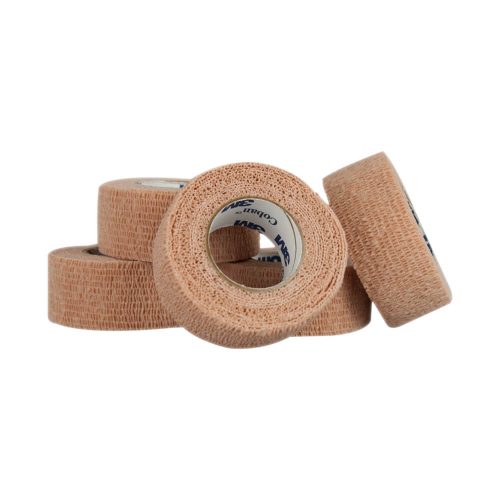

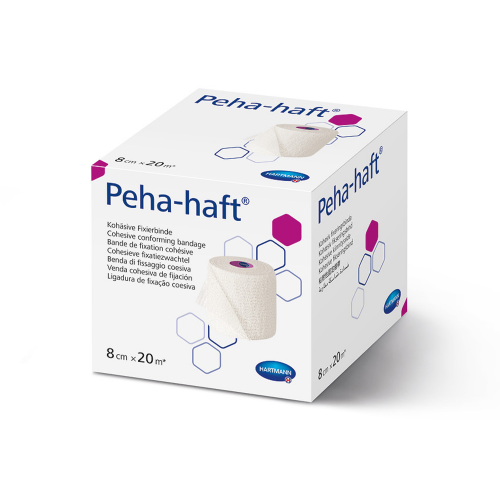

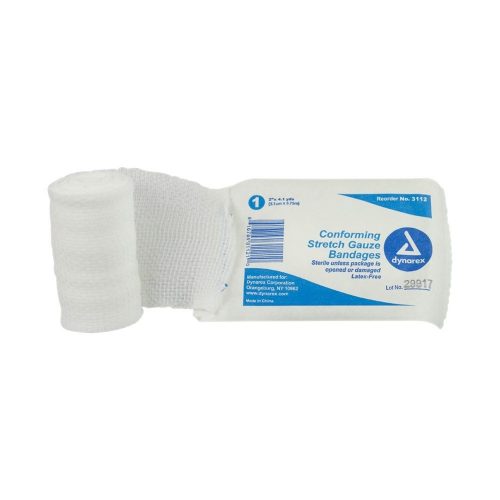
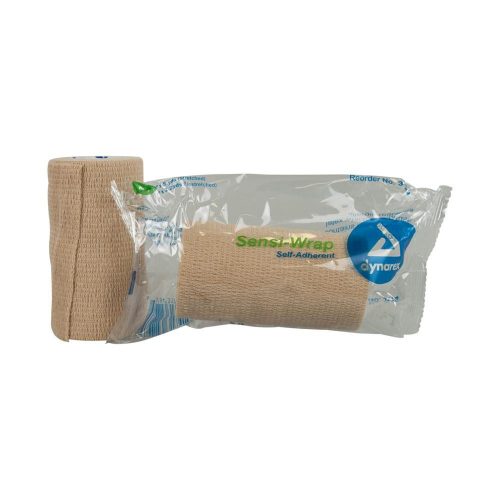
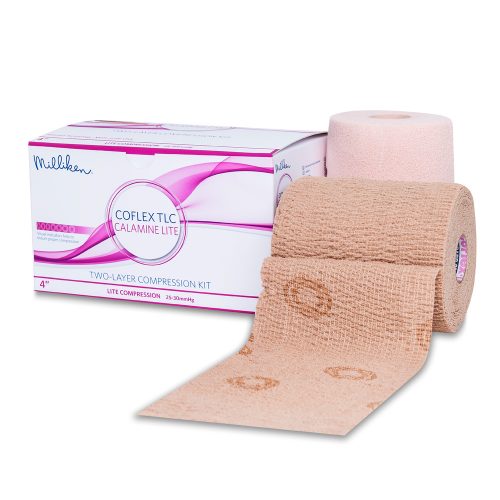

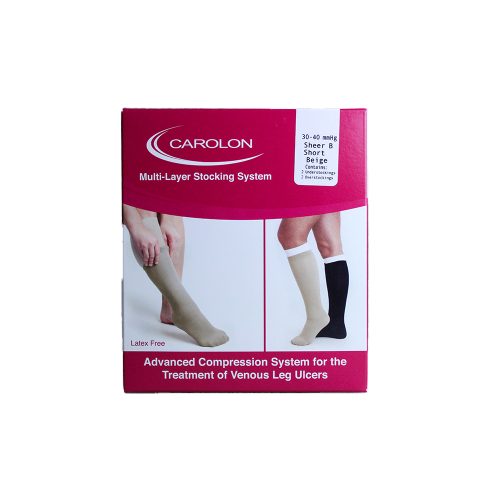
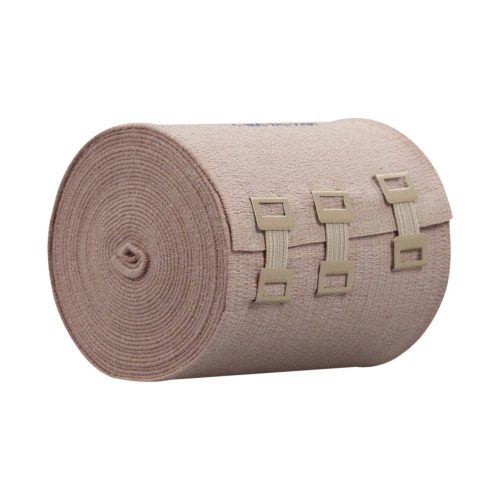
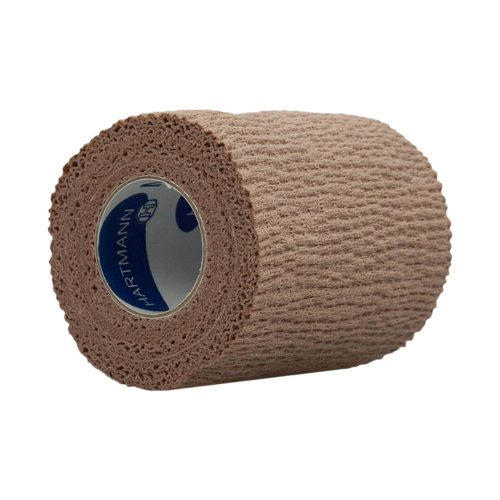
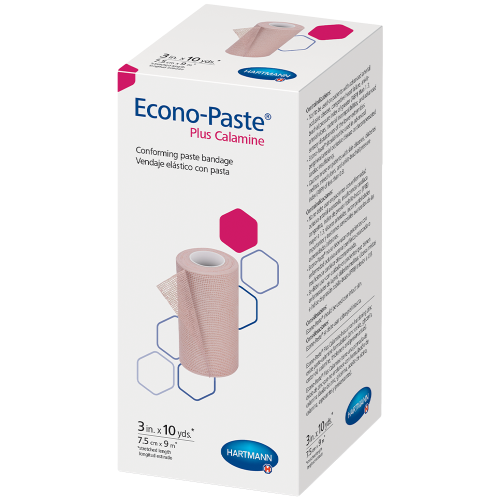
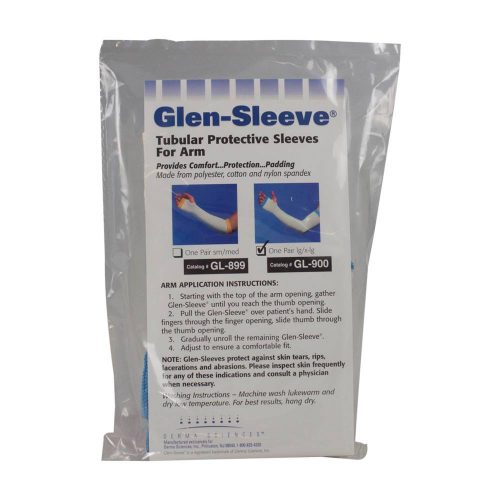
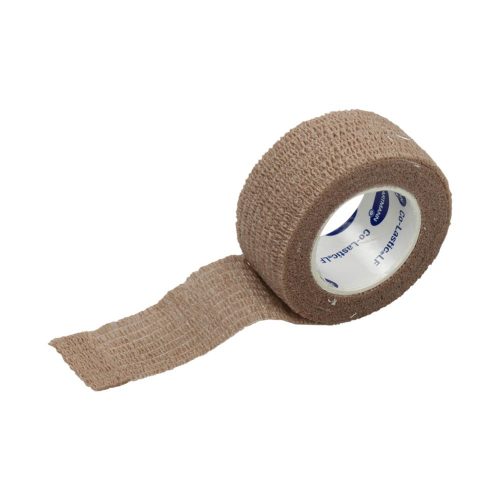
For use in medical settings, as part of a first aid kit, or to take care of your own wounds, having multiple types of bandages is essential. Made out of cloth or a paper-based material, bandages fall into four basic types: gauze, compression, tube sleeves and triangular.
Not every bandage can be used across all injuries. Rather, some are designed for holding a dressing in place or are specifically shaped for certain body parts. Material also plays a role: while some can absorb fluids and exudate, others use non-absorbent materials, which aren’t ideal for use with open wounds. As well, understand that effective wound healing involves proper bandage application and removal.
Made for minor injuries, an adhesive bandage secures to the skin to protect the tissue underneath. Adhesive is usually hypoallergic, allowing this bandage to be used across several skin types and injuries.
This secondary, lightweight bandage helps with securing a primary dressing and is designed to be wrapped around a body part. However, although the material adheres to itself, it won’t stick to skin, hair or the primary dressing, helping reduce the risk of medical adhesive-related skin injuries (MARSI).
Also used as a secondary dressing, conforming bandages are made of a stretchy, flexible woven material that can wrap around and be shaped to the body, including difficult areas, without reducing the patient’s movement.
Also known as elastic bandages, compression bandages are made out of a breathable, knit material that’s designed to be wrapped around a sprain or strain. Once secured, it applies a light amount of pressure to the area to help reduce swelling. It’s ideally used as a secondary dressing.
Gauze itself is a breathable, woven material that is ideal for securing a primary dressing in place. The roller form offers a continuous strip of material that provides a degree of absorbency.
To use with an open wound, a primary dressing should be first applied to the skin, and then the gauze should be wrapped around the area before being secured with tape. Although the pad should be secured, the gauze shouldn’t be wrapped too tightly around the injury.
Triangular bandages are made of a single, thicker sheet of cotton that can be used as a sling when a patient experiences a broken bone or soft tissue injury, become a tourniquet or be used as a secondary dressing.
Also referred to as a sleeve bandage, this type shapes a flexible, elastic gauze material into a tube to be applied over and provide compression to a single body part or hold a primary dressing in place. Usage depends upon the bandage’s width.
